Top 3 Common Die Casting Mold Failures and Their Causes
Author: SAIVS Date Published: Apr 28,2025
The Common Failure Types and Causes of Die Casting Tooling
During the operation of die casting molds, various types of damage and failure can occur, which severely affect the mold’s performance and lifespan.
Below are the most common failure modes experienced during die casting production: fracture failure, corrosion failure, and thermal fatigue crack failure.
Each type is explained in detail:
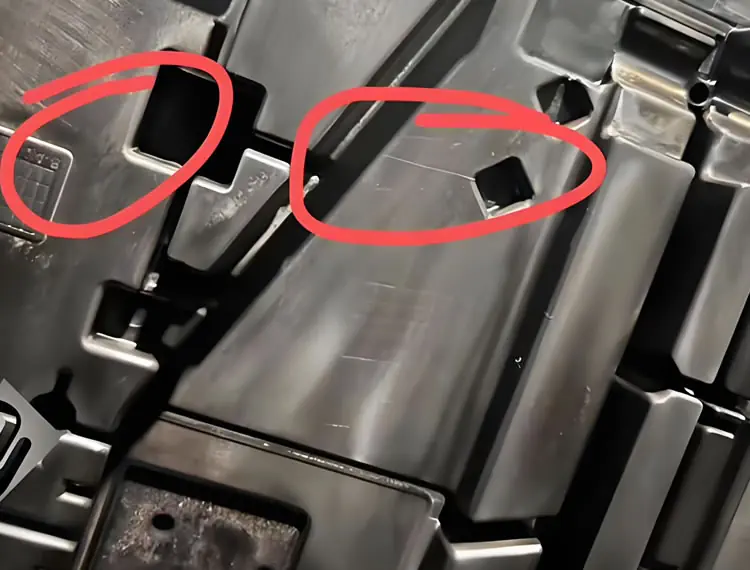
1. Fracture Failure
Fracture failure typically originates under high injection pressure, especially in areas of the mold that are structurally weak. These weak points often include:
Surfaces with incomplete finishing from EDM (electrical discharge machining) or visible mold parting lines.
Sharp corners or stress concentrators.
Zones with brittle phases or coarse grain structures.
Once a crack begins, it can rapidly grow due to brittle fracture, eventually leading to mold breakage. To prevent this:
All surfaces, even those within the gating system, should be polished and free of machining marks.
High-strength materials with excellent toughness (both impact and fracture toughness) should be used.
Mold design should minimize stress concentration points.
2. Corrosion Failure
Die casting molds are frequently used with reactive alloys such as zinc, aluminum, magnesium, and copper.
These metals have a high affinity for mold materials, particularly when casting pure aluminum alloys. Corrosion can occur if:
The mold surface contains soft spots.
Inadequate surface hardness or protective coatings are present.
To enhance corrosion resistance:
Ensure high surface hardness.
Apply surface treatments or coatings where appropriate.
Avoid inconsistent hardness on the molding surfaces.
3. Thermal Fatigue Crack Damage
Thermal fatigue is one of the most common and critical failure modes in die casting molds. It results from repeated cycles of rapid heating and cooling, which induce thermal stress and lead to:
Micro-crack formation due to repeated expansion and contraction.
Structural degradation and loss of elasticity.
Crack propagation, worsened by fluid stagnation and mechanical stress.
To mitigate thermal fatigue:
Preheat the mold thoroughly before production.
Maintain a consistent operating temperature during casting.
Use materials with good thermal fatigue resistance and design for uniform heat distribution.
Summary
Understanding and addressing these common die casting mold failure types—fracture, corrosion, and thermal fatigue—can significantly improve mold performance and longevity. Proper material selection, surface treatment, and temperature control are key to preventing premature tooling failure.
Why Choose SAIVS™ as Your Supplier?
1.Superb Quality Control Management
At SAIVS, we take pride in our perfect quality management systems and procedures, which guarantees the excellent performance of all our producs, being a professional Investment Casting | Die Casting| Sand Castingmanufacturer in China.
2.Rich Production Experience
With 20 years of experience in production, SAIVS has a deep understanding of the market and trends, and strives for continuous research and innovation. This has created advantages in both the product's performance and appearance.
3.Competitive Prices
As a Chinese factory committed to becoming the most cost-effective Investment Casting | Die Casting| Sand Castingexporter in China, SAIVS provides high-quality products at advantageous prices. By lowering costs and increasing efficiency, we ensure that our customers receive the best possible value for their investment.
4.Perfect After-sales Service
At SAIVS, we strive to provide superior customer service that meets and exceeds expectations. We are always available for any questions or concerns you may have, and we stand by our commitment to providing excellent after-sales support.
Related Posts
-
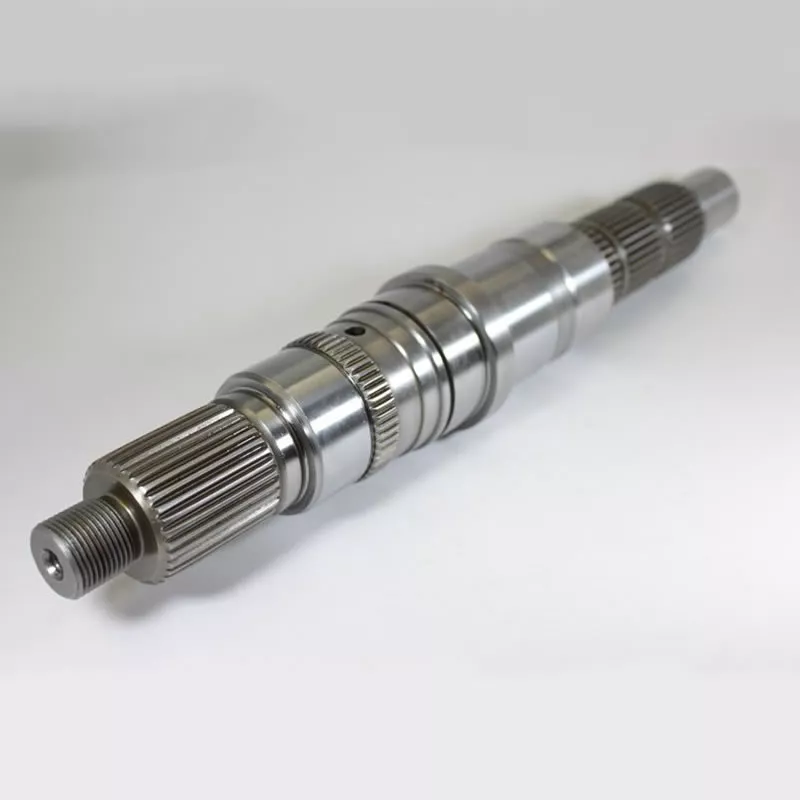
How to improve the quality of gear forgings
How to improve the quality of gear forgings? Shanghai Zhiyuan Flange Forging Co., Ltd. pointed out that hardness is an important quality inspection index for he...
-
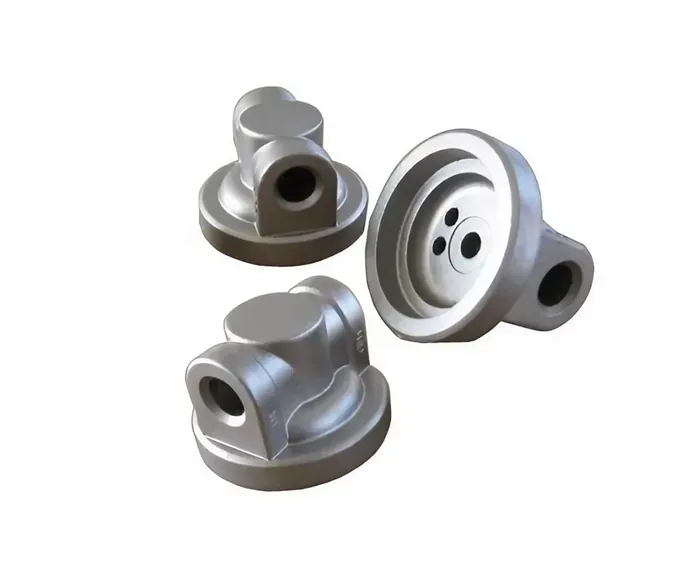
Why SAIVS is Your Trusted Partner for Advanced Precision Casting
IntroductionPrecision casting is a manufacturing process that uses a mold to create a metal part. The mold is made of a material that is easily melted, such as ...
-
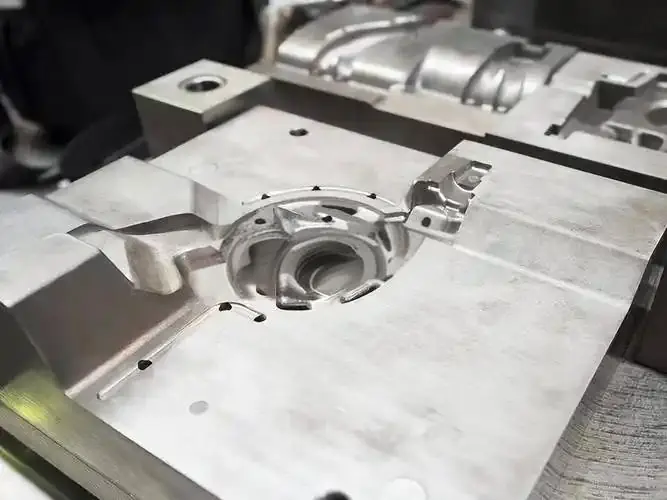
Solutions to Common Problems in Die Casting Production
Solutions to Common Problems in Die Casting ProductionIn the process of die casting production, various issues may arise that can impact production efficie
-
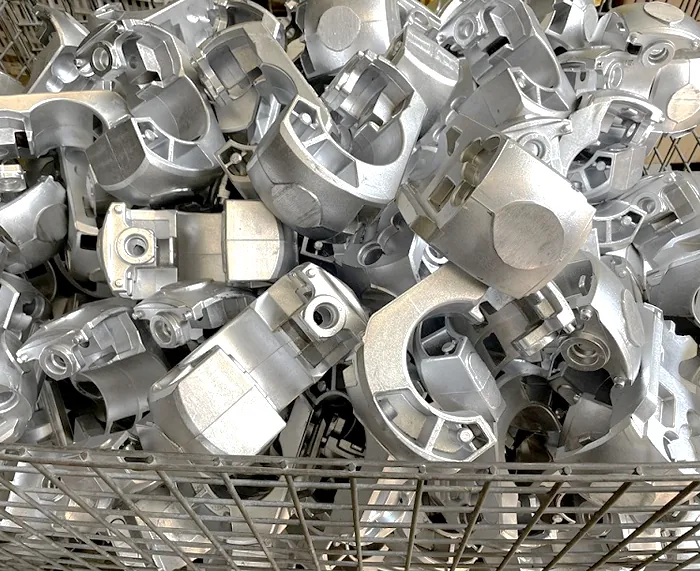
The Key to Quality: Understanding Die Design for Aluminum Alloy Die Casting
This article merges the key aspects of aluminum alloy die casting quality from two sources to provide a comprehensive overview.
-
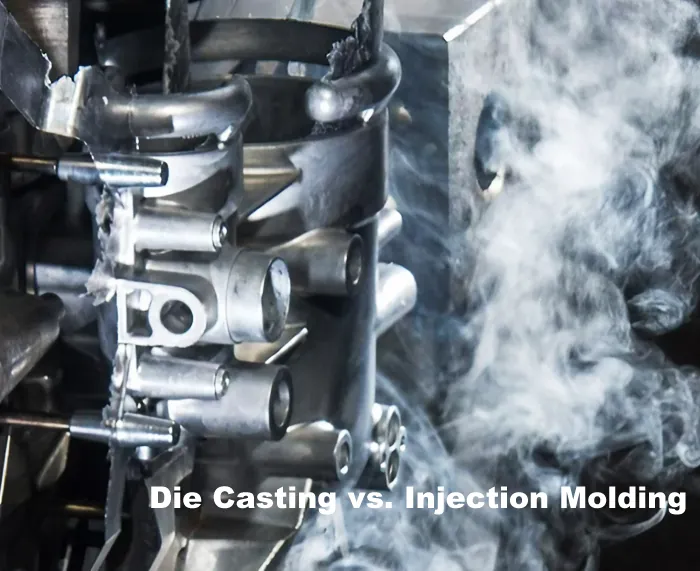
When to Choose Die Casting and When to Select for Injection Molding
Die casting vs Injection Molding: A detailed guide comparing these manufacturing processes for metal & plastic parts.
-
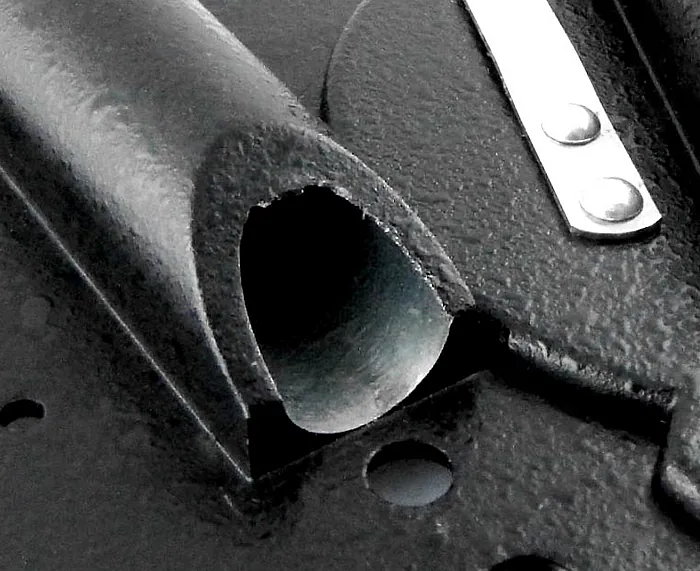
Network Burrs in Aluminum Alloy Die Casting
Learn how optimizing die design, controlling temperatures, adjusting fill speeds, and improving cooling systems can enhance casting quality and production effic...

